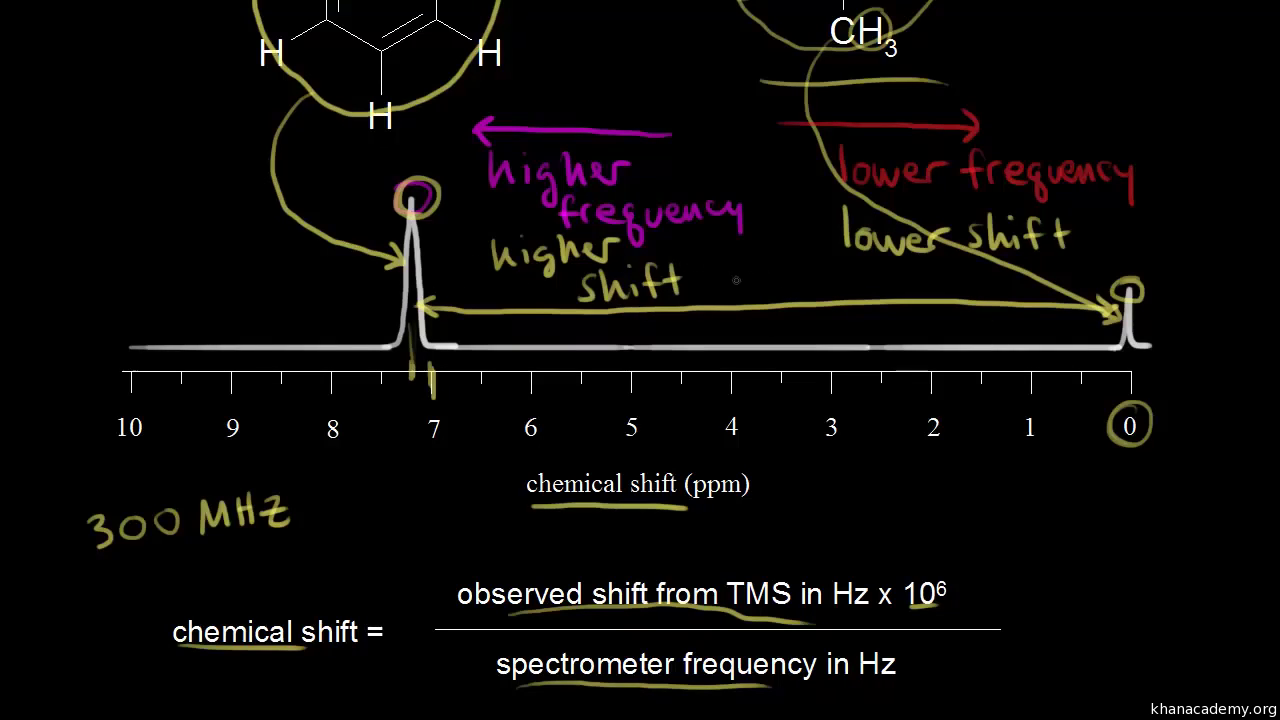

The only way to find out is to check your syllabus, and recent question papers to see whether you are given tables of chemical shifts or not. This may, of course, change and other syllabuses might want something similar. A simplification of the table: carbon environment The electron pulling effect of the oxygen atom increases the chemical shift slightly from the one shown in the table to a value of about 18. No problem! It also has a peak due to the RCH 3 group. For example, ethanol has a peak at about 60 because of the CH 2OH group. If a substituent is very close to the carbon in question, and very electronegative, that might affect the values given in the table slightly. In each case there will be a carbon atom attached to the one shown in red, but there may well be other things substituted into the "R" group. In the table, the "R" groups will not necessarily be simple alkyl groups. The smaller the magnetic field needed, the higher the chemical shift.Ī table of typical chemical shifts in C-13 NMR spectra carbon environment That means that you will need a smaller external magnetic field to bring the nucleus into the resonance condition than if it was attached to less electronegative things. What if you needed to work it out? The electronegative oxygen pulls electrons away from the carbon nucleus leaving it more exposed to any external magnetic field. In practice, you always work from tables of chemical shift values for different groups (see below).

In principle, you should be able to work out the fact that the carbon attached to the oxygen will have the larger chemical shift. That means that the peak at about 60 (the larger chemical shift) is due to the CH2 group because it has a more electronegative atom attached. The effect of this is that the chemical shift of the carbon increases if you attach an atom like oxygen to it.

You might remember from the introductory page that the external magnetic field experienced by the carbon nuclei is affected by the electronegativity of the atoms attached to them. The carbon in the CH 2group is attached to 2 hydrogens, a carbon and an oxygen. The carbon in the CH 3 group is attached to 3 hydrogens and a carbon. In this case there are two peaks because there are two different environments for the carbons. Remember that each peak identifies a carbon atom in a different environment within the molecule. The NMR spectra on this page have been produced from graphs taken from the Spectral Data Base System for Organic Compounds ( SDBS ) at the National Institute of Materials and Chemical Research in Japan.


 0 kommentar(er)
0 kommentar(er)
